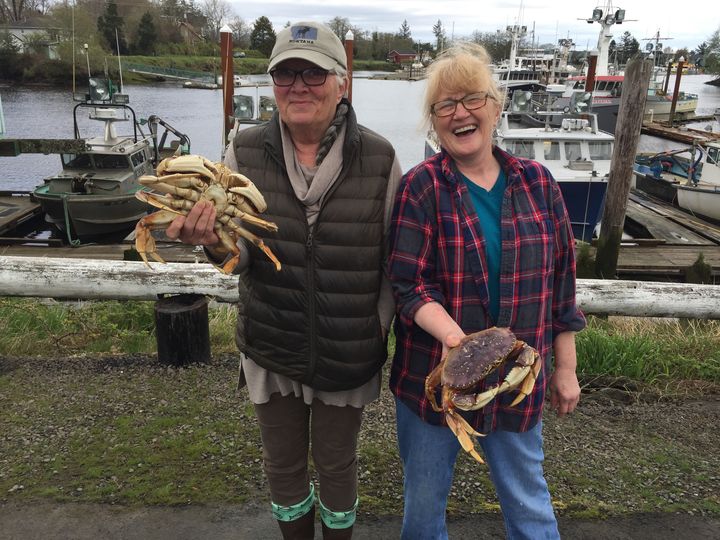
Sealy and Belinda with Dungeness Crabs near Astoria, Oregon
There is a consensus in the nutrition world that seafood is the healthiest protein. While we strongly advocate for wild domestic fishermen, even farmed fish is better for our bodies and our environment than industrial meat. But it is not always easy to figure out the best seafood to eat.
The issue of fish fraud continues to plague the US seafood supply chain. When one can not tell where a fish came from, bad things can happen. 90% of all seafood consumed in the U.S. comes from overseas, with opportunities ripe for illegal, unreported and unregulated (IUU) seafood as well as the scourge of seafood slavery. While the U.S. currently has the world’s best managed fisheries, there are a series of threats on the horizon. It is critical we maintain vigilance. With less than 2% of imported seafood being inspected, we face the threat of dangerously unhealthy fish as in a recent recall of hepatitis-A infected tuna from Asia.
We think the solution is simple: enjoy wild, sustainable, traceable, domestic seafood for the betterment of our bodies, our environment, and our traditional fishing communities. Sea to Table has recently been receiving some flattering press. Our friends at Hello Fresh have their customers eating better fish. Chopt Creative Salad Company recently announced its partnership with Sea to Table. ‘As the leading vendor of sustainable American seafood, Sea to Table will supply wild-caught shrimp from U.S. waters to all forty-four Chopt locations across the country.’ We are proud to help people eat better fish.
Wild fishing is the last true hunting on earth. More than 70% of our planet is blue. Seafood is the primary source of protein to an estimated 3 billion people worldwide. With modern fisheries management, international cooperation, and advancing science, our oceans have the potential to feed billions more.
